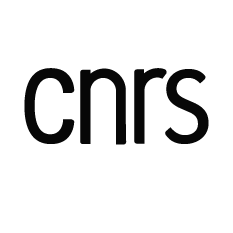Flames and clean process
The objectives of this research area are twofold. On the one hand, they aim at understanding the oxidation kinetics as well as the performance of conventional and/or alternative fuels (biofuels, hydrogen, ammonia...) under flame conditions, and on the other hand, at improving the understanding of the chemical mechanisms responsible for the formation and/or destruction of pollutants, such as soot particles and Polycyclic Aromatic Hydrocarbons (PAHs), or Volatile Organic Compounds (VOCs).
At the experimental level, they involve the development and implementation of laser diagnostic techniques such as Cavity Ringdown Spectroscopy (CRDS), Laser Induced Fluorescence (LIF) and Laser Induced Incandescence (LII), and their in-situ coupling with intrusive methods such as Gas Chromatography (GC) coupled to different types of detectors (FID, Methanizer, TCD, Mass Spectrometry), Fourier Transform Infrared Spectrometry (FTIR), or a Scanning Mobility Particle Sizer (SMPS). These experimental studies, carried out in appropriate flames (essentially laminar, premixed or diffusion flames, stabilized at low pressure or atmospheric pressure), are strongly connected to kinetic modeling to describe the detailed combustion mechanisms involved, both for the gas and particulate (soot) phases.
The recent developments concern mainly the impact of biofuels, biomass or hydrogen addition on the formation of these pollutants.
The research activity concerning the formation of soot particles and their precursors is strongly involved in the Labex CaPPA (Chemical and Physical Properties of the Atmosphere) laboratory of excellence.
This work benefits from a strong national and international partnership, and is supported by the Labex CaPPA, the CPER Climibio, the I-SITE ULNE, the ADEME, the ANR (OFELIE) and the Hauts de France Region. They are also part of the project of the National Platform of Optical Metrology of Lille.

